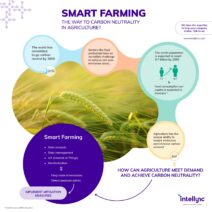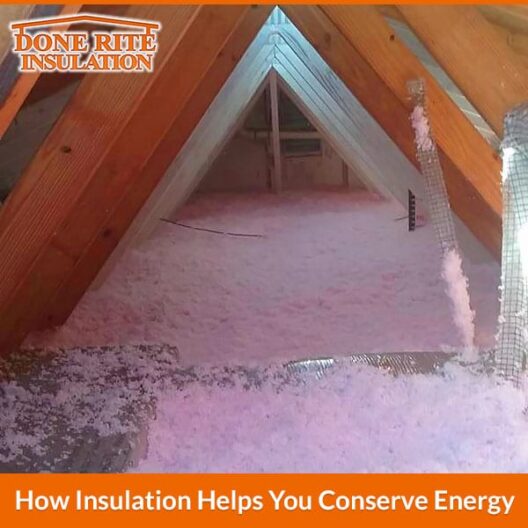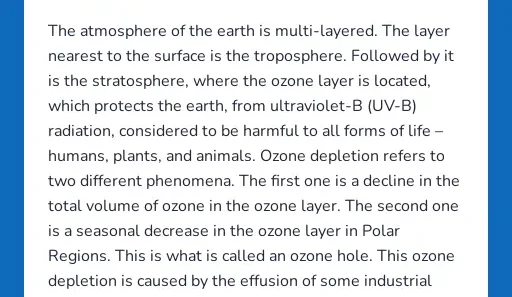In the contemporary landscape of climate change discourse, the need for innovative solutions has become acutely pronounced. The United States, a powerhouse of technological advancement, stands at a pivotal juncture as it endeavors to leverage energy efficiency towards crafting a cooler, more sustainable future. This exploration into U.S. innovation highlights not merely the sheer potential of existing technologies but delves into deeper, multifaceted strategies that intertwine environmental stewardship with economic viability.
Energy efficiency, often perceived as a straightforward solution to energy conservation, possesses layers of complexity that warrant careful consideration. At its core, energy efficiency minimizes waste, optimizing the use of energy resources without compromising productivity or comfort. It emerges as a cornerstone strategy in the quest for sustainability, shaping the paradigm within which communities, industries, and governments engage with energy consumption.
The fascination with energy efficiency in the U.S. can be traced to its direct implications for reducing greenhouse gas emissions. By curbing energy waste, buildings and industries become less reliant on fossil fuels. Yet, while these benefits are tangible, the deeper allure lies in the intricate interplay between human ingenuity and natural ecosystems. The effective implementation of energy-efficient technologies can catalyze a shift toward renewable energy sources, fostering a symbiotic relationship between innovation and environmental conservation.
A plethora of technologies is at the forefront of enhancing energy efficiency. Smart grid systems exemplify this innovation, integrating digital technology to optimize electricity distribution. Through real-time data analytics, utilities can better manage energy loads, making it possible to reduce peak demand and improve overall system reliability. Such advancements not only diminish energy consumption but also enhance resilience to climate impacts, aligning infrastructure with the realities of a changing climate.
Another notable innovation lies in the realm of building design. The proliferation of energy-efficient appliances and systems, such as LED lighting, high-efficiency HVAC systems, and enhanced insulation materials, provides a practical toolkit for architects and builders. These technologies offer dual benefits: they lower operational costs for occupants while significantly reducing the carbon footprint of residential and commercial structures. The results manifest in decreased energy bills for consumers and a more sustainable approach to housing, vital in a nation where urbanization continues to burgeon.
Moreover, the automotive sector contributes significantly to this narrative as electric vehicles (EVs) gain traction. As the U.S. government incentivizes EV adoption, a concerted effort towards improving battery technologies and expanding charging infrastructure takes center stage. Innovations in battery chemistry, such as solid-state batteries, promise higher energy densities and reduced charging times. These advancements will not only render electric vehicles more accessible but also diminish reliance on oil and curtail emissions from one of the largest sources of air pollution.
The intersection of energy efficiency and renewable energy underscores another dimension in this discussion. The implementation of photovoltaic solar panels and wind turbines complements existing energy efficiency measures. As more homes and businesses transition to self-generated renewable energy, the demand for grid-sourced electricity diminishes. This shift contributes to a decarbonized energy landscape while fostering a culture of sustainability at the individual and community levels.
Nevertheless, the implementation of these innovations is not without its challenges. Public awareness and engagement play crucial roles in the adoption of energy-efficient technologies. There exists a paradox; despite the apparent benefits, resistance often stems from a reliance on traditional practices and a skepticism towards novel technologies. Education and outreach efforts are essential to illuminate the practical advantages of energy efficiency—not just from an environmental standpoint but through economic lenses as well. By demonstrating that energy-efficient investments yield long-term savings, stakeholders can galvanize greater public interest and participation.
Policy frameworks also require strategic fortification to ensure the proliferation of energy efficiency across the nation. Legislative initiatives that promote research and development in this sector can spur innovation, mirroring the ethos of the U.S. space race, where competition engendered unprecedented technological advancement. Incentive programs, tax rebates, and grants aimed at both consumers and businesses can mitigate the upfront costs associated with adopting new technologies, facilitating a smoother transition to energy-efficient solutions.
In parallel, collaboration among diverse stakeholders is essential. Public-private partnerships can unlock resources and expertise that bolster energy efficiency initiatives. Engaging local governments, utilities, and community organizations fosters an integrated approach that aligns local needs with broader sustainability goals. Such collaboration cultivates an environment where innovative solutions can flourish, addressing unique challenges faced by different regions while simultaneously contributing to national climate targets.
The fascination with leveraging energy efficiency transcends a mere technical interface; it encapsulates an essential ethos of resilience and adaptability. The U.S. has an unprecedented opportunity to embrace its innovative capacity, utilizing energy efficiency as a conduit towards a greener future. The strategies to harness this potential are multifaceted, marrying technology with policy, elevating public engagement, and fostering collaborative synergies. In this endeavor, the United States can emerge not only as a leader in innovation but also as a beacon of hope in the collective movement against climate change.
By intertwining fundamental energy efficiency practices with cutting-edge technologies, the nation can forge a path toward a cooler future, one that honors the delicate balance of ecological integrity and human progress. The intricate tapestry woven by these efforts paints an optimistic picture of what lies ahead—an integrative approach to sustainability that future generations can embrace and build upon.








